Photos: 2015 Bermuda Day Parade Floats
[Updated] Colourful floats representing the cultural diversity of modern Bermuda took to the streets today for the annual Bermuda Day Parade, continuing an island tradition that has been held since 1979, historically featuring floats, dance groups, majorettes, Gombeys, marching bands, and more.
In recounting the history behind Bermuda Day, the official programme says, “Bermuda Day [or Heritage Day] evolved from what was originally known as Empire Day. Empire Day was first celebrated as a public holiday on 24 May 1902 to commemorate the birthday of Queen Victoria and to unite countries of the British Empire under a common cause.
“As more colonies exercised their right to independence, Empire Day became a day for Commonwealth countries to celebrate their own national identity.
“The first Bermuda Day Parade took place in 1979 under the direction of then Community Affairs Heritage Coordinator, Reginald Ming. It was recommended by the Pitt Report that the Minister of Community Affairs institute an annual festival whose focus was Bermudian heritage and culture.
“The annual marathon has particular significance as it was seen, after the riots of 1977, as an example of unity and camaraderie amongst Bermuda’s then racially divided community.”
.
“The marathon, followed by the parade, led the way to the tradition in which Bermudians mark their ‘spots’ with tape or string and take a picnic lunch to the City of Hamilton to enjoy the half marathon in the morning and parade in the afternoon.
“The annual parade comprises a variety of entries such as traditional and modern dance groups, majorettes, the gombeys, marching bands, pageant queens, community groups and floats.
“The intricately designed floats [which depict the Heritage Month and Bermuda Day theme] are a highly anticipated aspect of the parade and was inspired by the Bermuda Floral Pageant or the Easter Parade as it came to be known, which was celebrated from 1930-1968.
“Float makers spend days perfecting their masterpieces which are decorated with various types of vegetation and natural produce such as rice, kidney beans, bark and leaves. The floats compete for prizes in a variety of categories which are named after Bermudians who have contributed significantly to Bermuda’s cultural development.
“Bermuda Day has become the culminating point of Heritage Month and has grown in significance and popularity as the most celebrated holiday in Bermuda, other than Cup Match. It is a day when Bermudians demonstrate their pride in and appreciation for the beauty of our island home.
“We engage in a variety of activities, whether it is participation in the parade, the marathon, having picnics on the beach, going for our first swim, gathering and participating in the first of the season’s fitted dinghy races or simply soaking in the sun and the natural beauty of our waters and land.”
For live coverage of all of the day’s events, click here, and for all of our Bermuda Day coverage, click here.
Update 1.17pm: The Bermuda Day float winners are here [PDF].
Update 3.41pm: The Ministry of Community, Culture and Sports has issued its list of Bermuda Day Parade award winners, with the Premier’s Award for Best Float going to Aerie’s Adventures Nursery and Preschool.
Additional awards included Sandys Secondary Middle School earning the Reggie Ming Award for Most Beautiful and the D.J. Williams Award for Best Middle School, Age Concern receiving the Minister’s Award for Most Original, and the Department of Corrections earning the Ruth Thomas Heritage Award and the award for Best Government Department.
The Friends of the House of Azores Bermuda won the L.C.C.A. Award for Best Charity Organization, while FACE [Ellen Douglas and Samuel Lynch] earned the Best Community/Volunteer/Political Award and Gladwyn Vinton Smith won the Mrs. J.J. Outerbridge Award for Best Individual.
Click to enlarge photos:

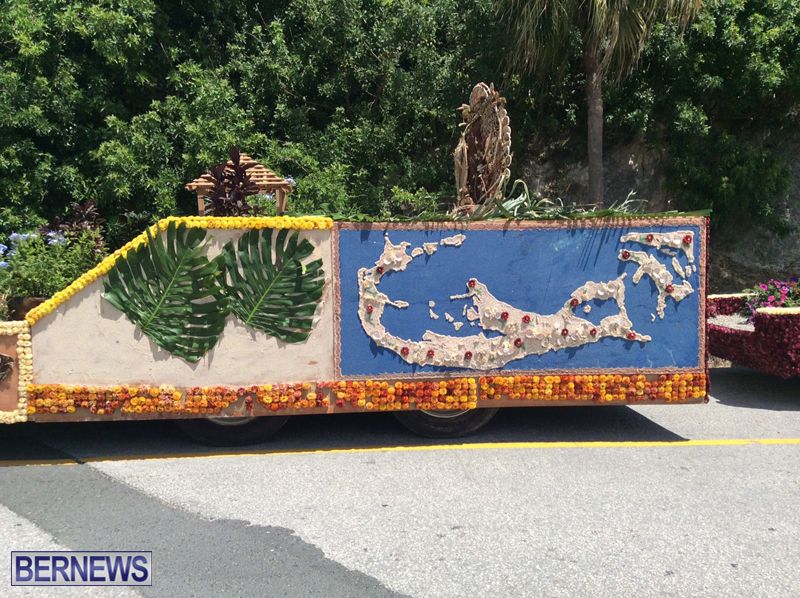

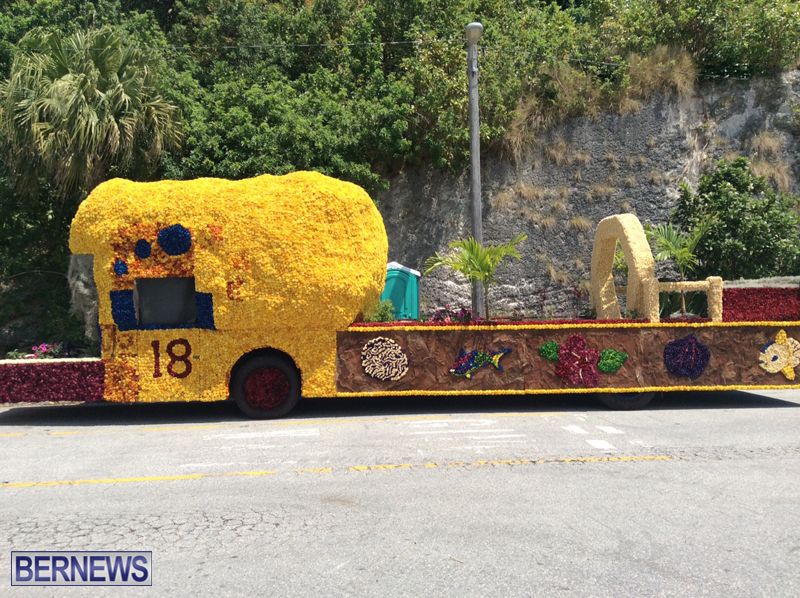

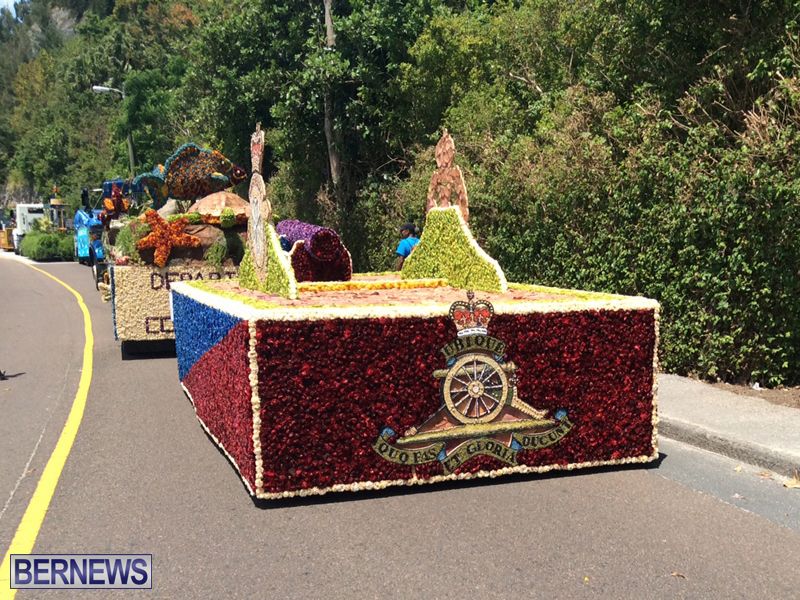
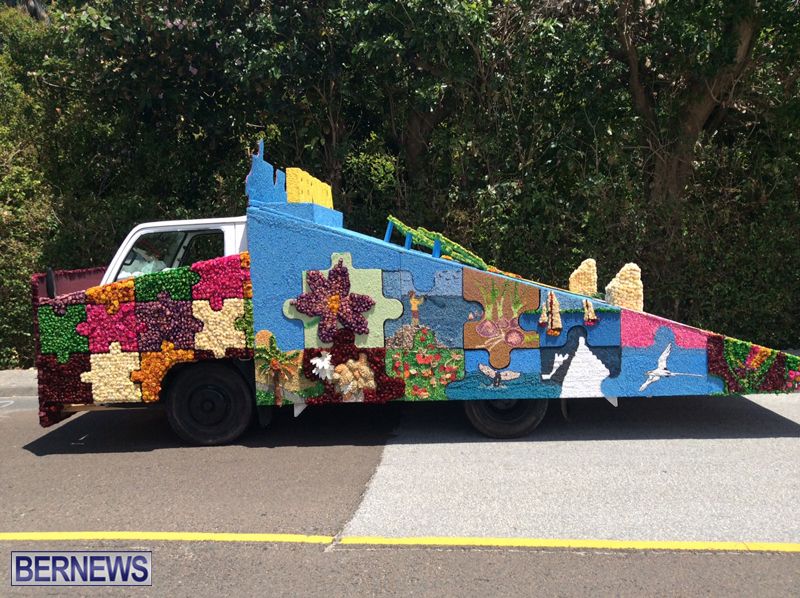
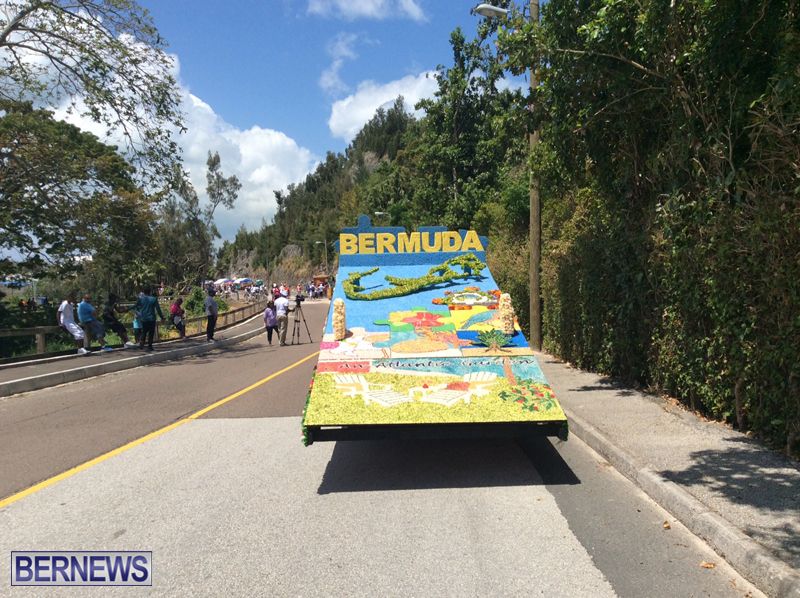
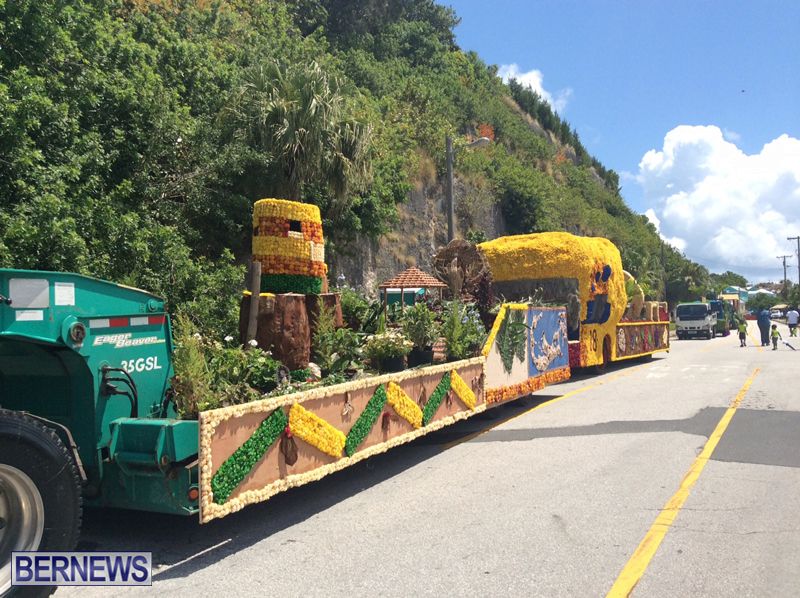


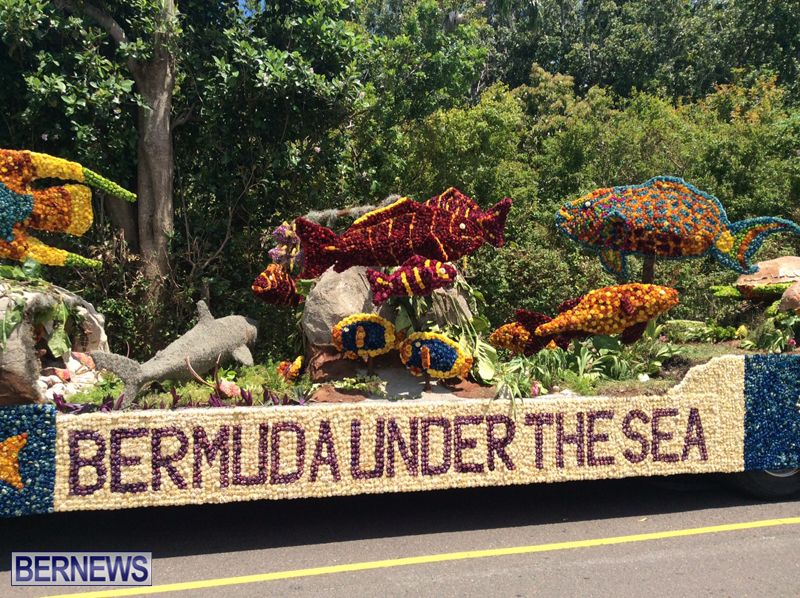
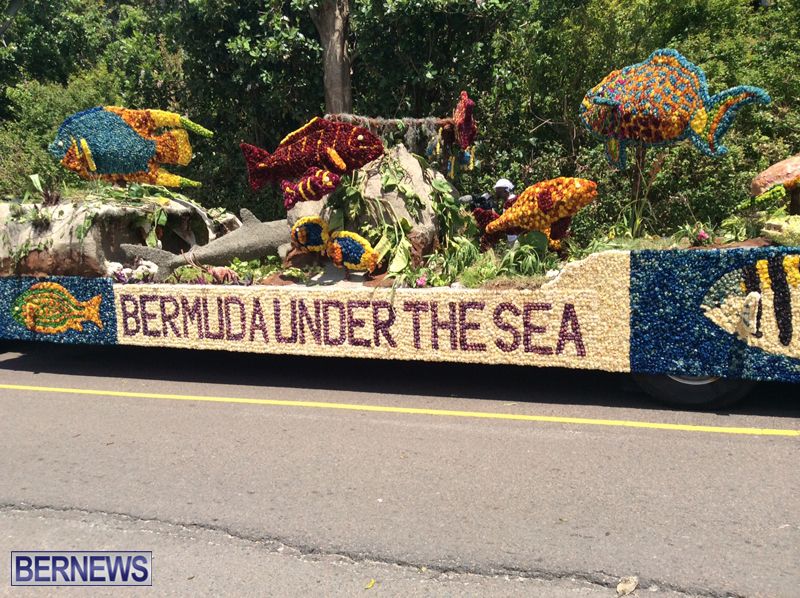
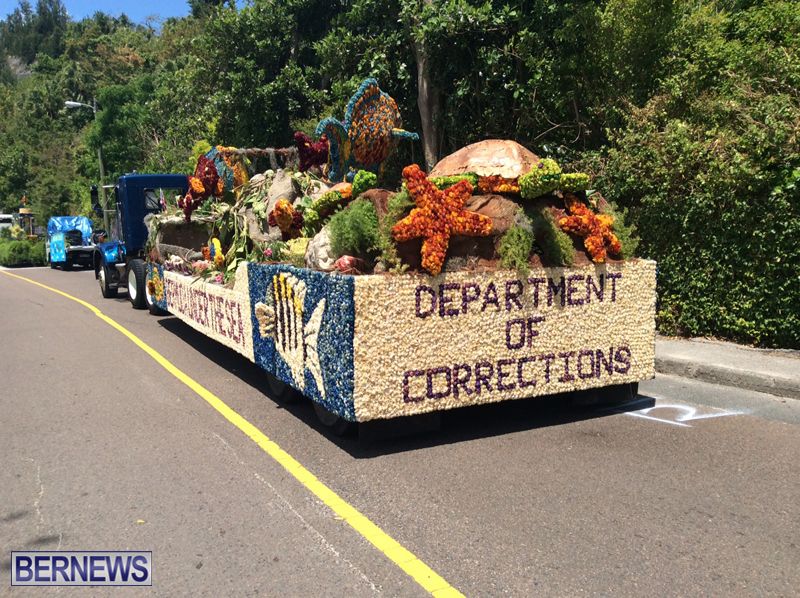
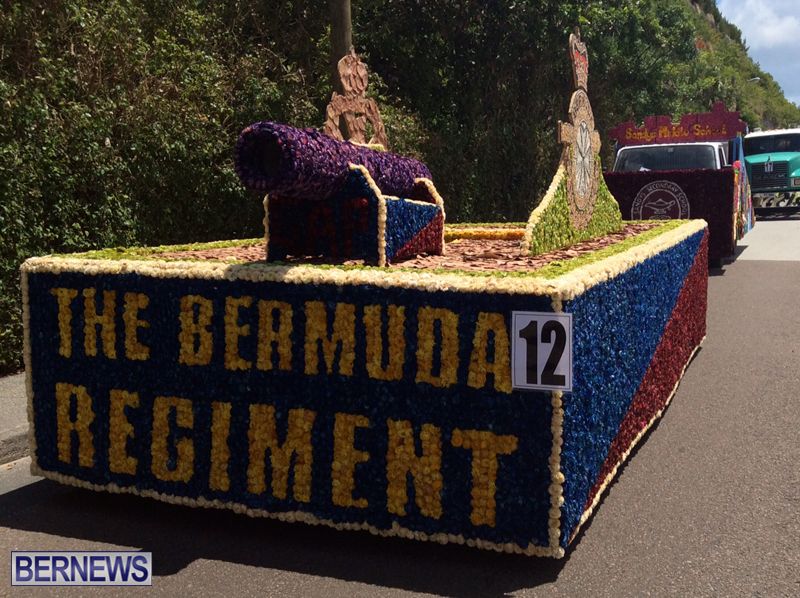

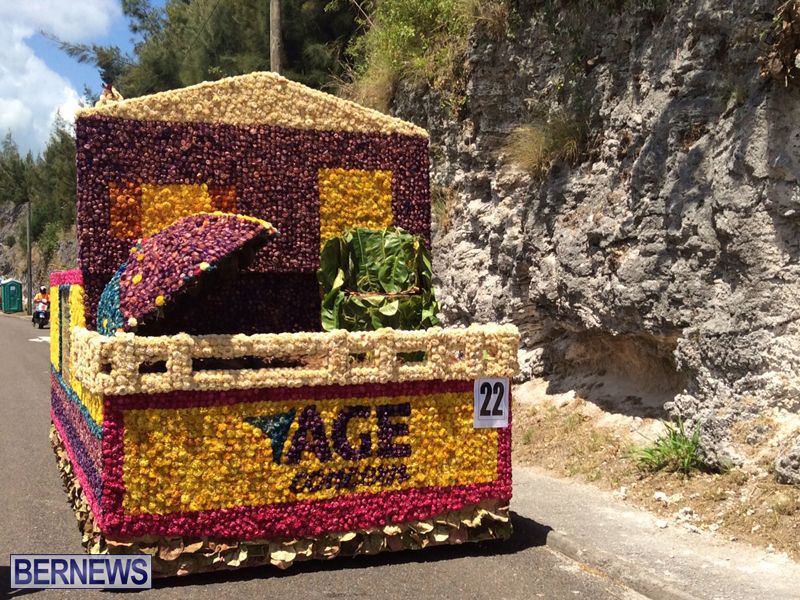

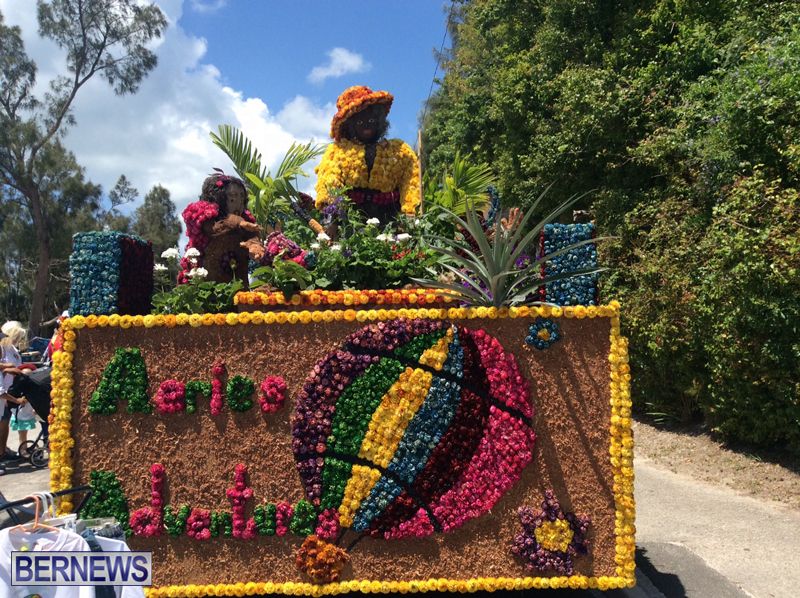
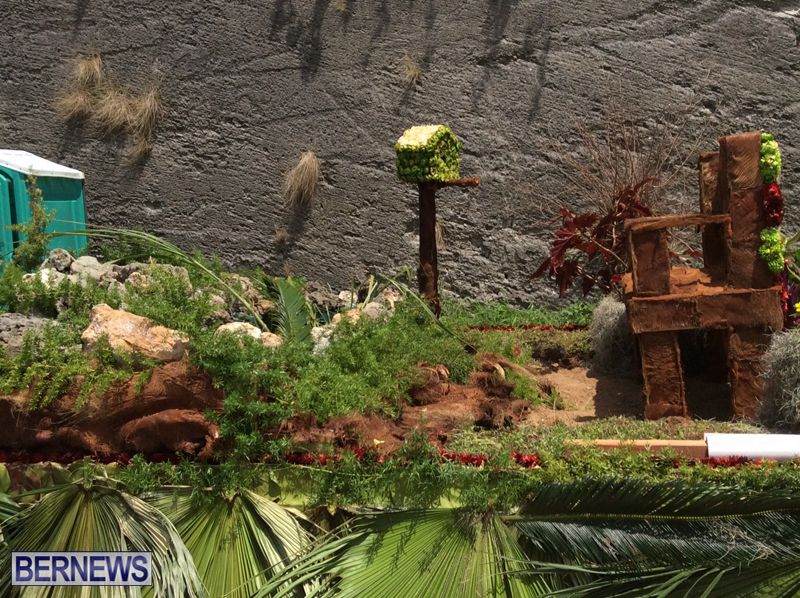
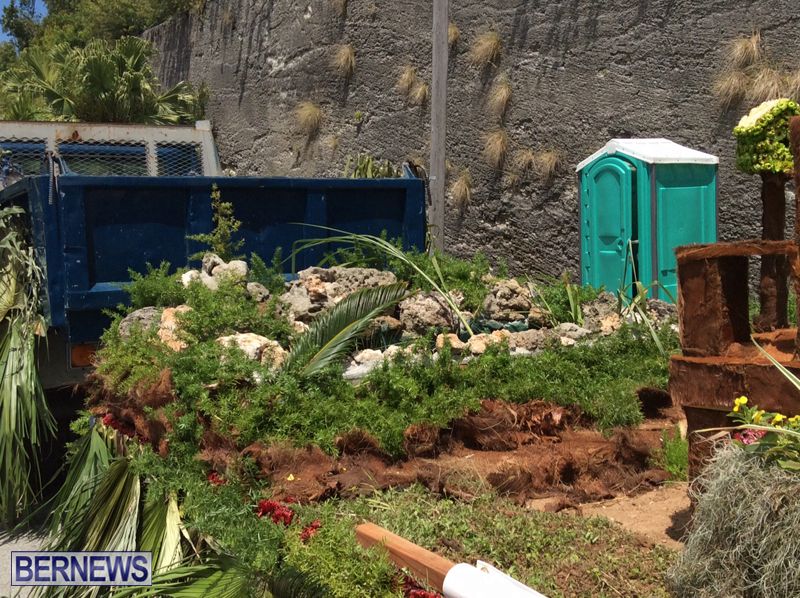
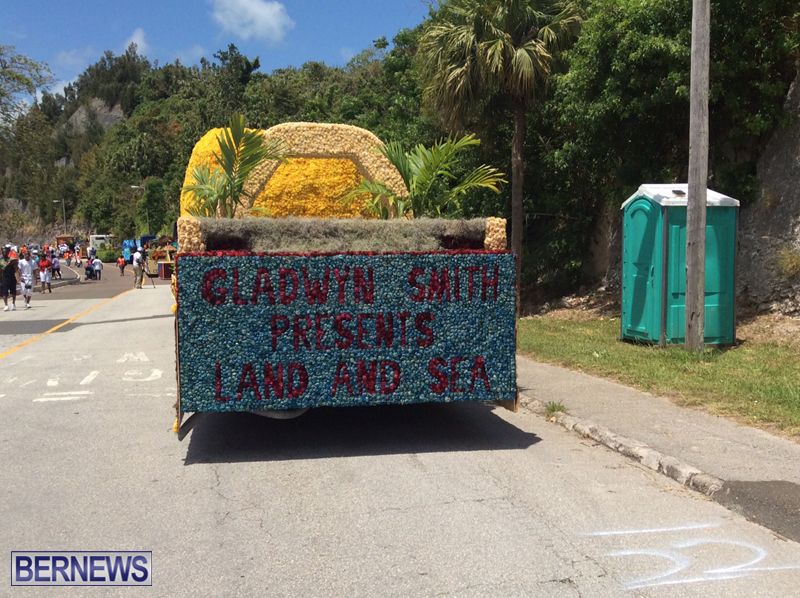

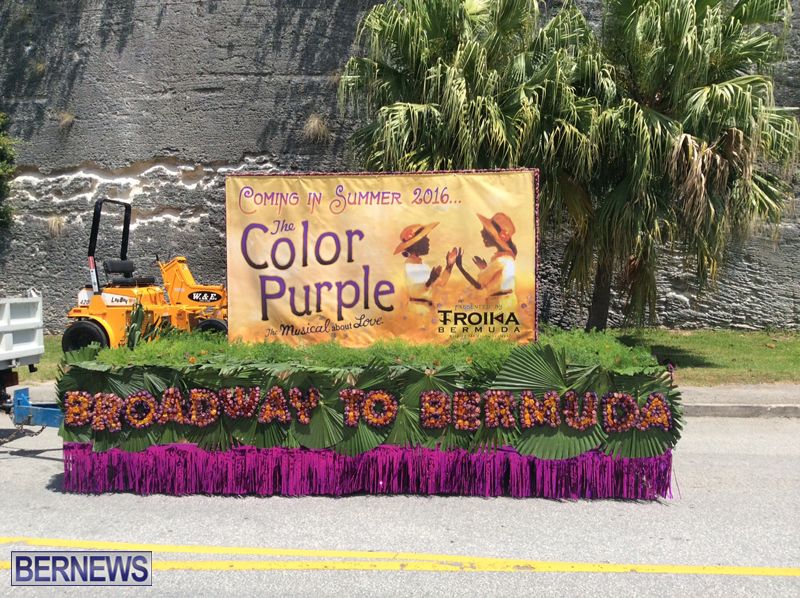

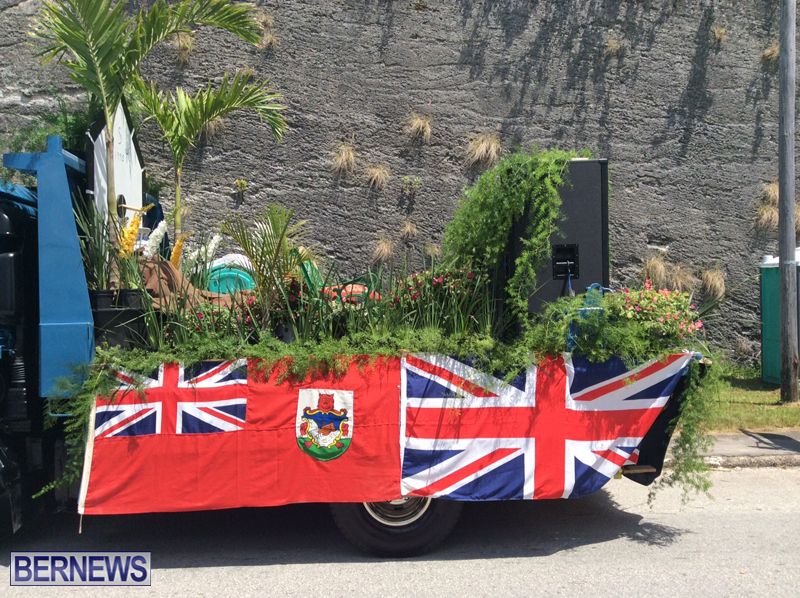
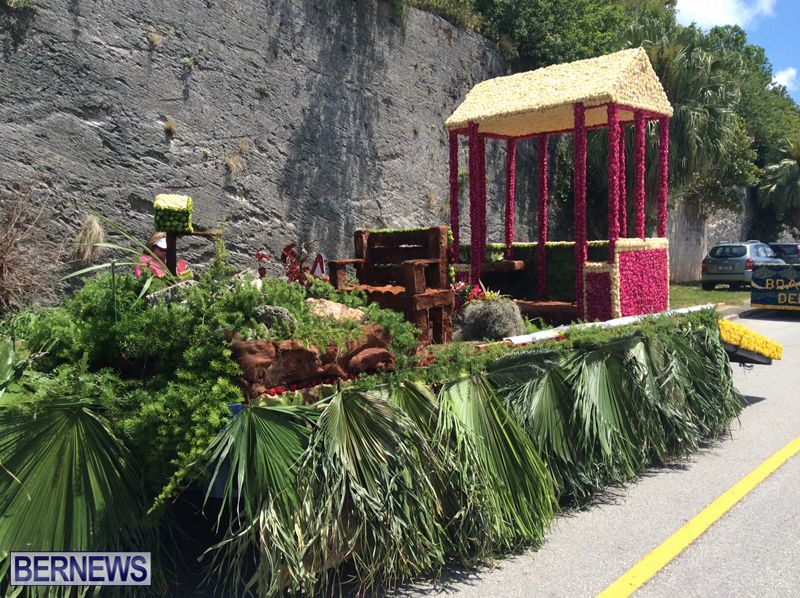
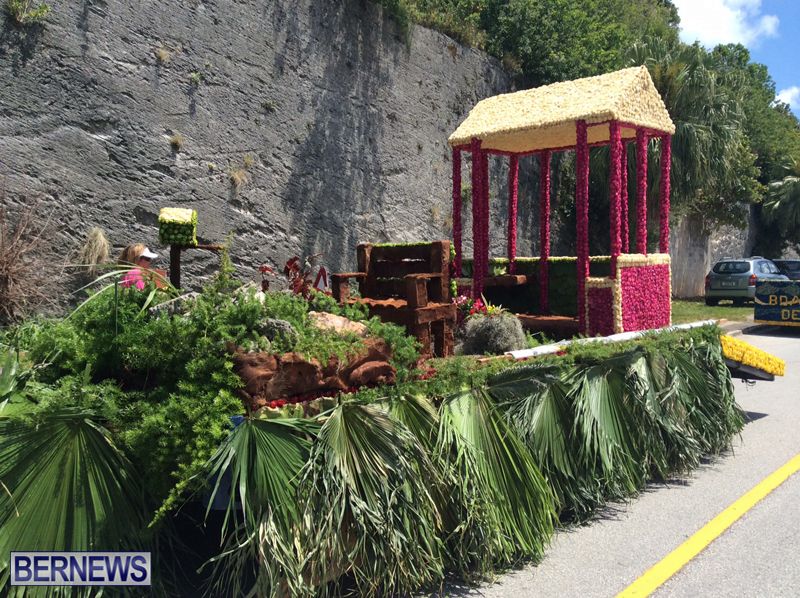
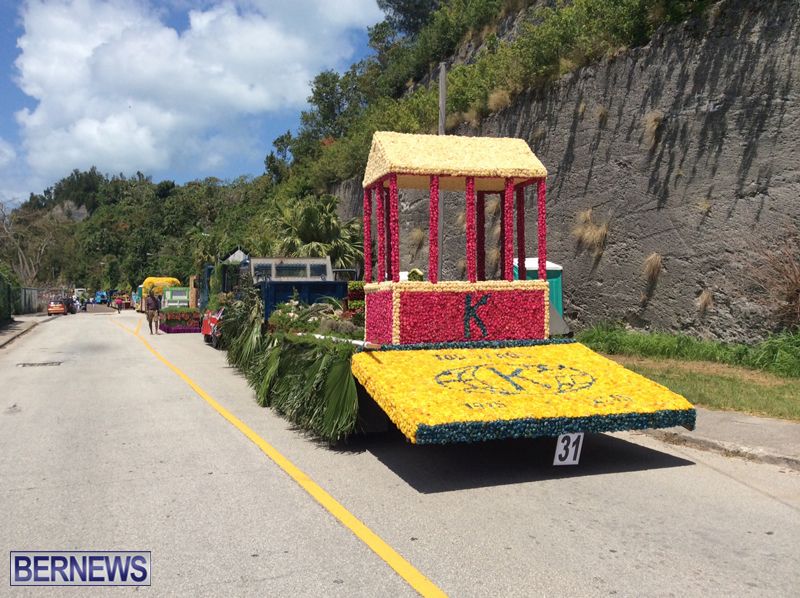
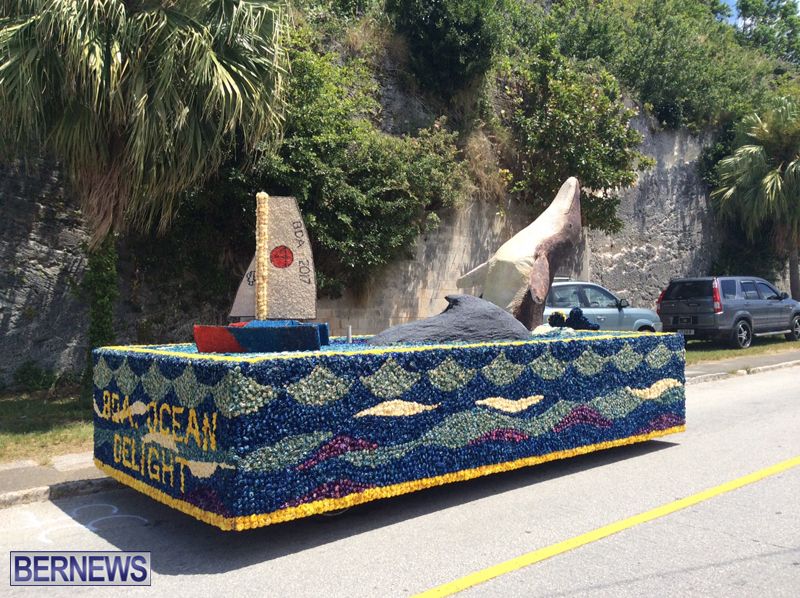
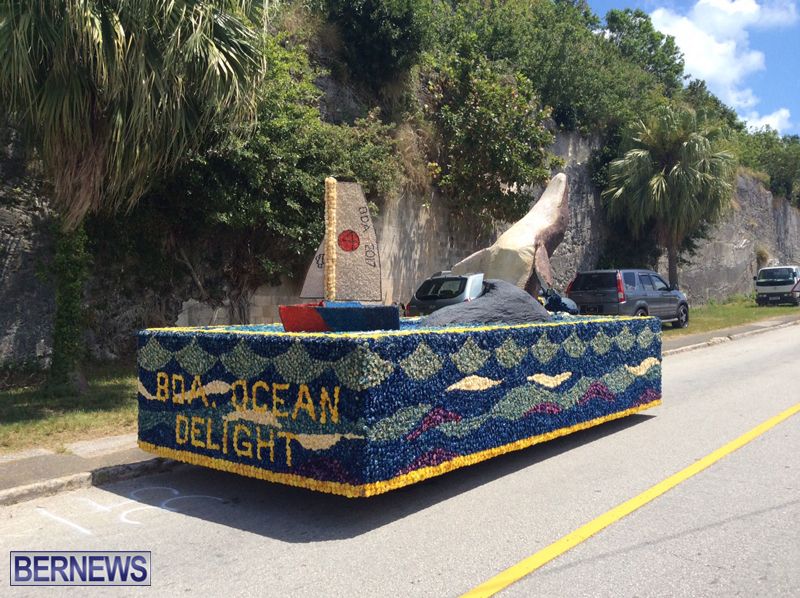
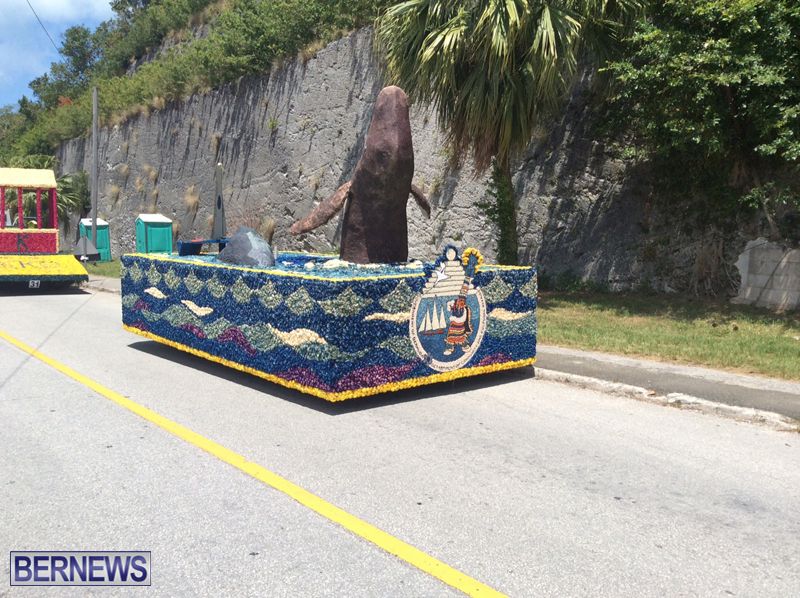

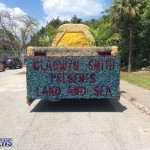

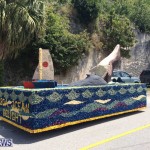
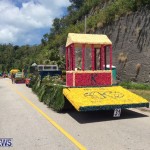
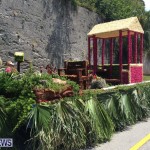
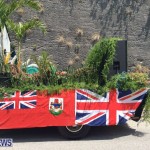
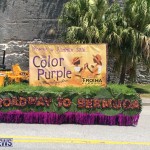
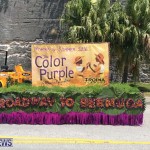
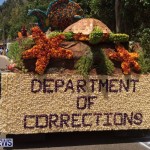

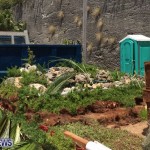
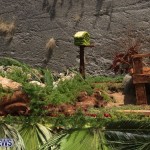
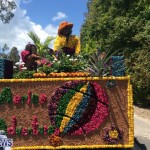
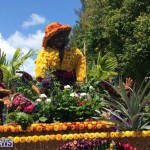
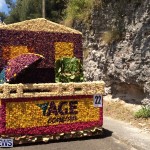
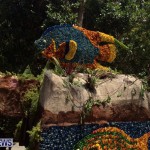
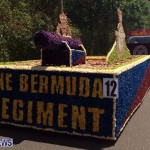

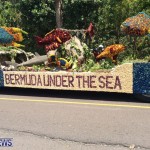
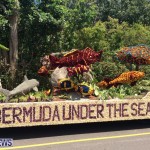
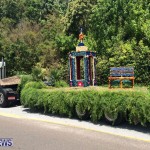


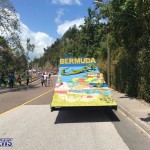
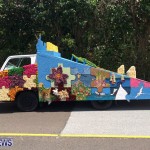

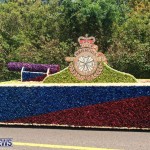
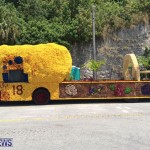

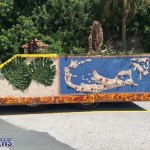
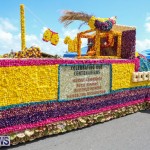
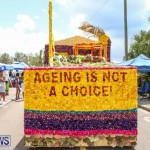


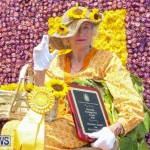
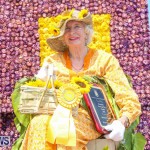
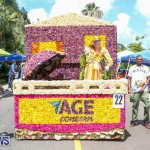
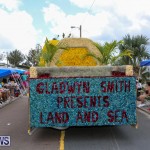
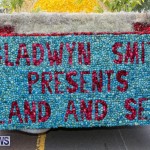
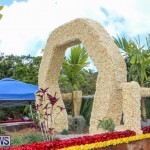
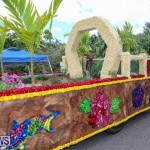

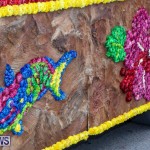

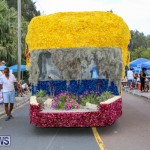
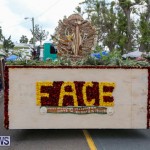
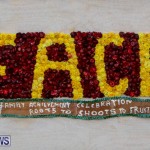
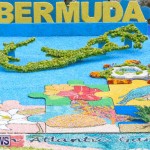

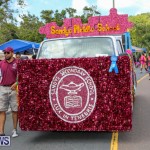
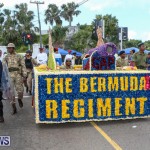
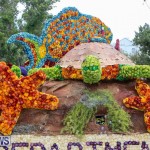
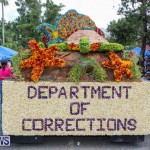

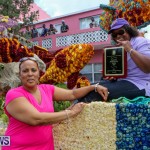
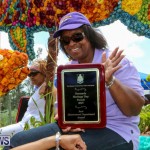
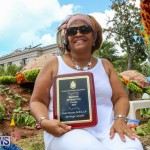
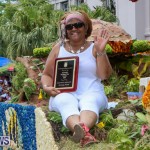
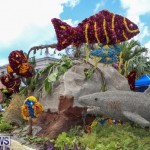
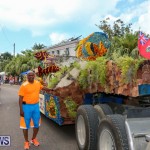
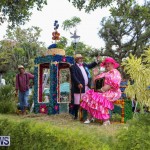
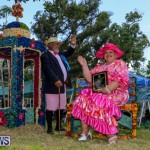
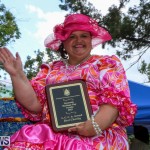
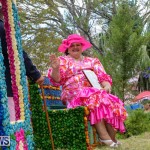



While we cannot underestimate the contribution by our beloved Reggie to our Heritage, the total responsibility of the Heritage Day Parade came under the auspices of the Community Affairs Department and it’s first Director Lowdru Robinson. It was under his guidance, encouragement and diplomacy that the seeds of the successful event we know today were sown. He has never been given full credit for his contribution but then neither did he seek it. Reggie was the Coordinator of Heritage Month but he had very little to do with the organization of the parade. As one who served on the Heritage Committee during the early days, I am well aware of the dedication and perseverance, often against opposition from various quarters, that Mr. Robinson showed to make Heritage Month a success. Indeed the sight of Bermudians coming together to celebrate a joint heritage was reward enough.